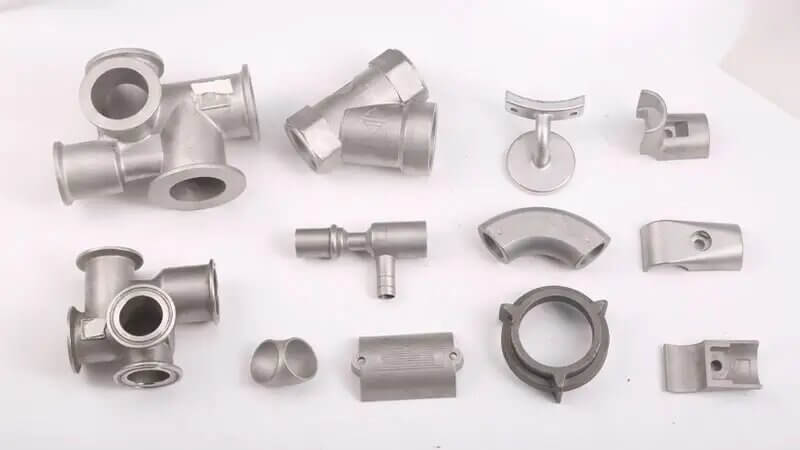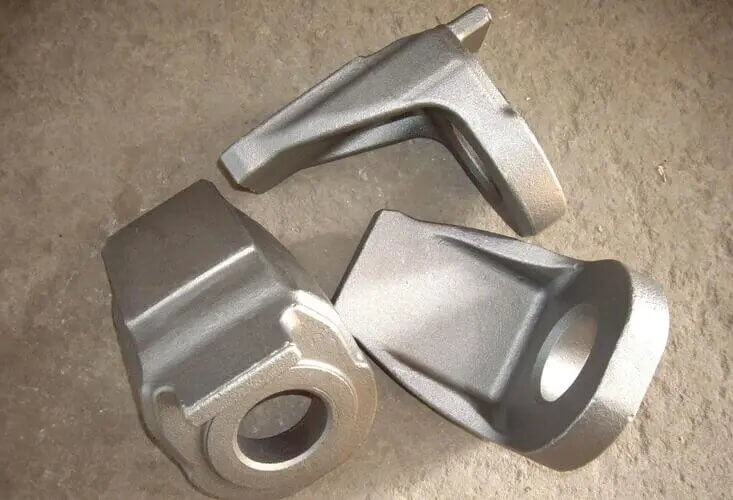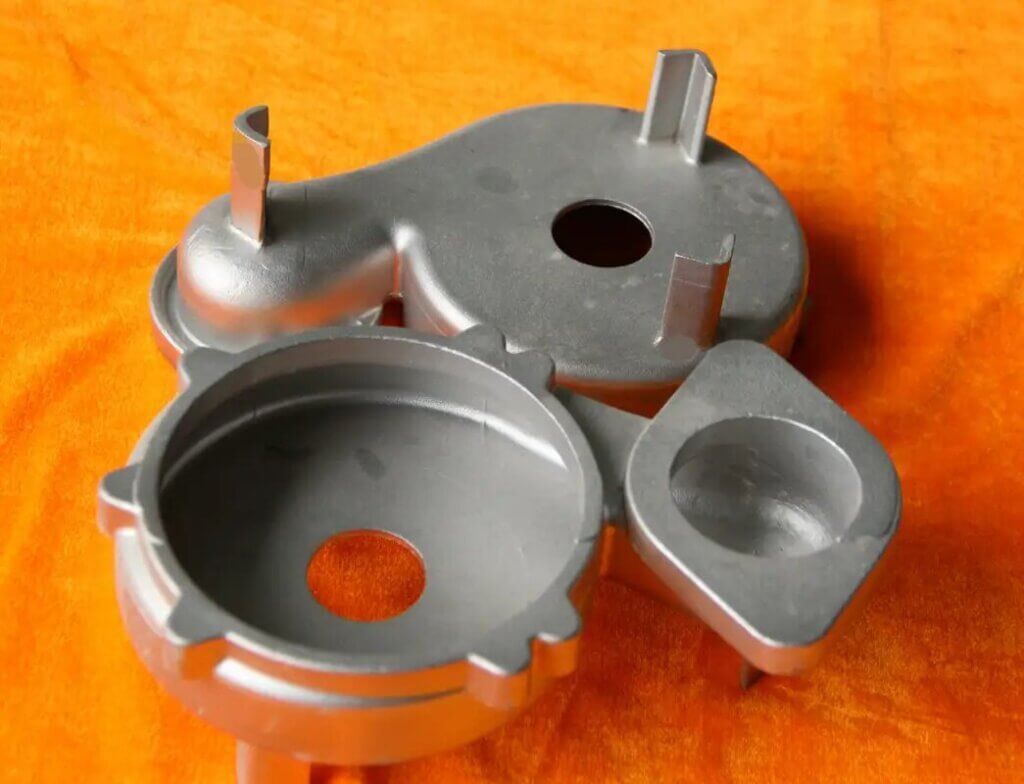
Contents
Precision casting or Investment Casting
Precision casting is a general term for the process of obtaining accurate dimensional castings. Compared with the traditional sand casting process, precision casting obtains castings with more accurate dimensions and a better surface finish.
It includes investment casting, ceramic casting, metal casting, pressure casting, and disappearing mold casting.
Precision casting is also called lost wax casting, its products are precise, complex, close to the final shape of the part, can be used directly without processing or little processing, is a kind of advanced technology of near net shape.
The basic concept of investment casting
It includes investment casting, ceramic casting, metal casting, pressure casting, and disappearing mold casting.

Among them, the more commonly used is investment casting, also known as lost wax casting: choose the appropriate molten material (such as paraffin) to manufacture the molten mold; repeat the refractory coating and refractory sand process on the molten mold, harden the shell and dry.
The internal mold is melted away to obtain the cavity; the shell is baked to obtain sufficient strength and burn off the residual mold material; the required metal material is poured; the solidification is cooled, the shell is removed and the sand is cleared to obtain a high-precision finished product.
Depending on the product’s needs, heat treatment, cold working, and surface treatment can be applied.
Process flow of precision casting
Wax press (wax injection wax mold) — wax repair —- wax inspection —- group tree (wax mold group tree) — shell making (first dip slurry, sand drenching, then dip slurry, and finally mold shell air drying) — dewaxing (steam dewaxing) ——- mold shell roasting — chemical analysis — pouring (pouring steel in the mold shell) —- vibration de-shelling — casting and pouring bar cutting separation —- grinding gate — preliminary inspection (rough inspection) — shot blasting cleaning —– machining —– polishing — finished product inspection — into the warehouse
This is the general flow of the casting production process can be divided into waxing, shell making, pouring, post-treatment, inspection
Wax pressing including (wax pressing, wax trimming, and group tree)
Wax pressing — the use of a wax pressing machine to make a wax mold
Repairing wax—correction of the wax mold
Grouping — grouping the wax mold into trees
Shell making includes (sand hanging, pulp hanging, and air drying)
Pouring includes (roasting, chemical analysis, also called a spectrum, pouring, shocking shell, cutting sprues, and grinding sprues)
Post-treatment including (sandblasting, shot blasting, correction, and acid cleaning)
Inspection includes (wax inspection, preliminary inspection, intermediate inspection, and finished product inspection)
Development of precision casting
Precision casting is also called lost wax casting, its products are precise, complex, close to the final shape of the parts, and can not be processed or have little processing on direct use, so the investment casting is a near net shape of the advanced technology.
In ancient times, our country: the king’s tripod, bronze ban, bronze lion, etc., are masterpieces of investment casting.
Since the 1940s, investment casting for industrial production, half a century has been developed at a faster pace.
Especially in Europe and the United States is developing rapidly.
Investment casting for aviation, weapons sector, and almost all industrial sectors, especially electronics, petroleum, chemical, energy, transportation, light industry, textiles, pharmaceuticals, medical equipment, pumps and valves, and other sectors.

In recent years, China has also developed rapidly.
Melt casting technology has development so that not only can produce small castings, and can produce larger castings, the largest melt casting profile size has been nearly 2m, while the minimum wall thickness is less than 2mm. At the same time, melt casting is also more precise, in addition to linear tolerance, parts can also achieve higher geometric tolerances.
The surface roughness of molten die castings is also getting smaller and smaller, can reach Ra0.4μm.
